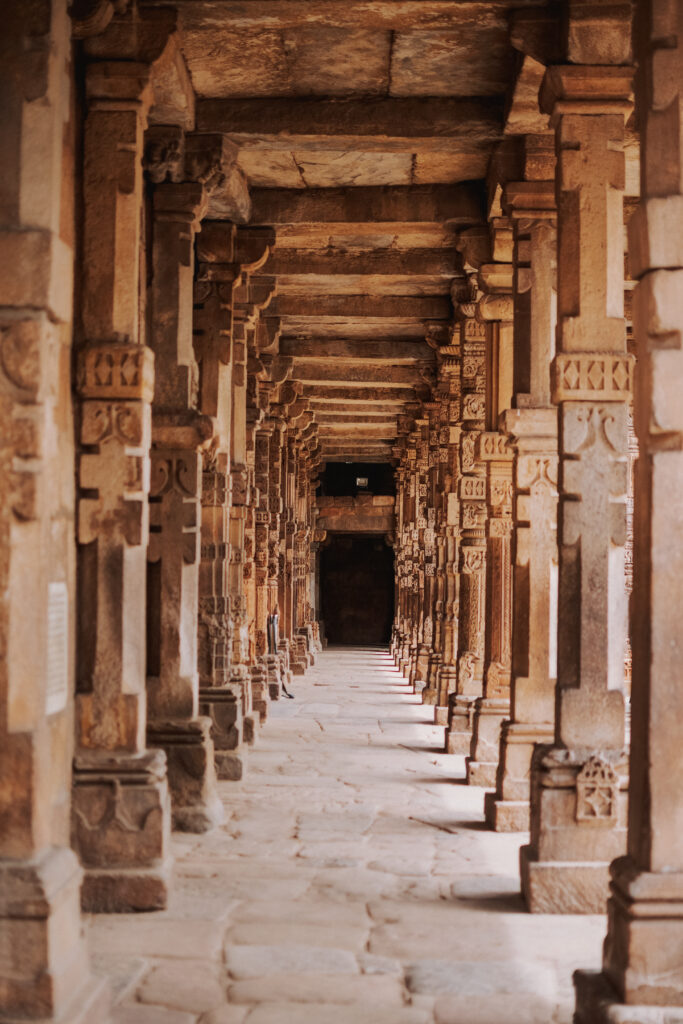In “Ancient Greece: Build the Highest City in Akropolis,” players will have the opportunity to immerse themselves in the ancient world as they embark on a journey to construct the grandest city atop the Akropolis. This tabletop game, set in ancient Greece, combines strategy and skill as players strategically place tiles to create their city. With a unique 3D element, players must carefully consider placement rules and building types to earn the most points. The height of the buildings is crucial, as the higher they are stacked, the more points they are worth. To add an extra layer of challenge, players can collect stone resources to draft tiles from the common market. With its intriguing mechanics and suitability for two players, “Ancient Greece: Build the Highest City in Akropolis” is sure to captivate and challenge those who enjoy tile-laying games.
Ancient Greece: Build the Highest City in Akropolis

Overview of Akropolis
Akropolis is a tabletop game set in ancient Greece, where players are tasked with building the highest city. It is a strategic tile-laying game that offers a unique 3D element. Players must strategically place tiles to score the most points while adhering to placement rules and considering the different building types. By collecting stone resources and utilizing them to draft tiles from the common market, players can further enhance their city-building strategies.
1. Introduction to Akropolis
In Akropolis, players take on the roles of ancient Greek architects, competing against each other to construct the tallest and most impressive city. They must carefully select and place tiles to create a thriving metropolis filled with magnificent structures. The game is designed to immerse players in the beauty and grandeur of ancient Greece, offering a unique and engaging gaming experience.

2. Gameplay Mechanics
2.1 Tile-Laying and 3D Elements
At the core of Akropolis is its tile-laying mechanic, which allows players to construct their cities by strategically layering tiles. The game incorporates a 3D element, as players build upwards to create towering structures. This innovative feature adds depth and visual appeal to the game, making it visually stunning and captivating for players.
2.2 Strategic Placement
To succeed in Akropolis, players must carefully consider their placement decisions. Each tile represents a building, and players must strategically position them to maximize their score. Different building types have unique scoring conditions, requiring players to think critically and plan ahead. By strategically placing tiles, players can create intricate and harmonious city layouts, earning them valuable points and enhancing the visual appeal of their cities.
2.3 Placement Rules and Building Types
Akropolis incorporates placement rules that dictate how tiles can be positioned within a player’s city. These rules add an additional layer of depth to the gameplay, forcing players to carefully plan and adapt their strategies. Each building type has specific placement requirements, further challenging players to create cohesive and well-structured cities.
2.4 Scoring System
The scoring system in Akropolis rewards players for their architectural prowess. Points are awarded based on the height and arrangement of buildings, as well as fulfilling certain building type objectives. As players construct their cities, they accumulate points, gradually working toward achieving the highest score. This scoring system adds a competitive aspect to the game, encouraging players to strategize and compete for the top spot.
2.5 Increasing Point Value by Stacking Buildings
In Akropolis, players have the opportunity to increase the point value of their buildings by stacking them. The higher a building is stacked, the more valuable it becomes. This mechanic adds a layer of complexity to the game, as players must carefully balance their desire for height with the need to fulfill placement rules. Skilled players can find ways to create towering structures that not only showcase their architectural prowess but also maximize their scoring potential.
3. Collecting Stone Resources
In order to build their cities, players must collect stone resources. These resources act as a currency within the game, allowing players to draft tiles from the common market. Collecting stone resources requires strategic planning, as players must decide between collecting immediate resources or saving up for more valuable tiles. This element adds a resource management aspect to Akropolis, further enhancing the depth and complexity of the gameplay.

4. Drafting Tiles from the Common Market
The common market in Akropolis serves as the source for tiles that players can draft to expand their cities. Tiles in the common market are available to all players, creating a competitive and dynamic gameplay experience. Players must carefully assess the available tiles, considering their own city’s layout, placement rules, and overall strategy. By selecting tiles strategically, players can gain an advantage and outwit their opponents, securing valuable buildings and maximizing their scoring potential.
5. Playing Akropolis with Two Players
Akropolis is specifically designed to provide an enjoyable gaming experience for two players. The game offers a unique challenge that caters to the preferences of tile-laying game enthusiasts. With only two players, the competition becomes intense, as each move and decision significantly impacts the outcome of the game. Playing Akropolis with two players allows for focused and strategic gameplay, making it a perfect choice for competitive duels and engaging head-to-head matches.
6. Appeal to Tile-Laying Game Enthusiasts
Akropolis has a strong appeal to tile-laying game enthusiasts due to its unique gameplay mechanics and thematic elements. The combination of tile-laying, resource management, and strategic placement creates an immersive and engaging experience. The 3D element further enhances the visual appeal of the game, allowing players to create stunning and intricate cityscapes. With its challenging gameplay and depth, Akropolis offers a rewarding experience for players who enjoy the intricate puzzle-solving and strategic decision-making found in tile-laying games.
In conclusion, Akropolis brings ancient Greece to life as players compete to construct the highest city. With its tile-laying mechanics, strategic placement, and resource management elements, the game offers a rich and immersive experience. Whether playing with two players or indulging in solo gameplay, Akropolis provides endless opportunities for players to showcase their architectural skills and create awe-inspiring cities. Immerse yourself in the grandeur of ancient Greece and embark on a journey to build the highest city in Akropolis.








